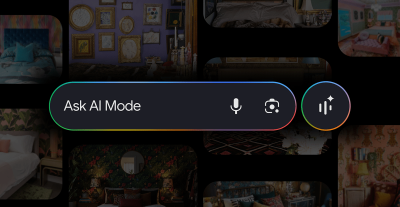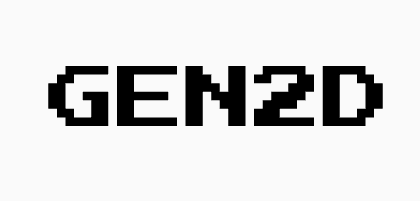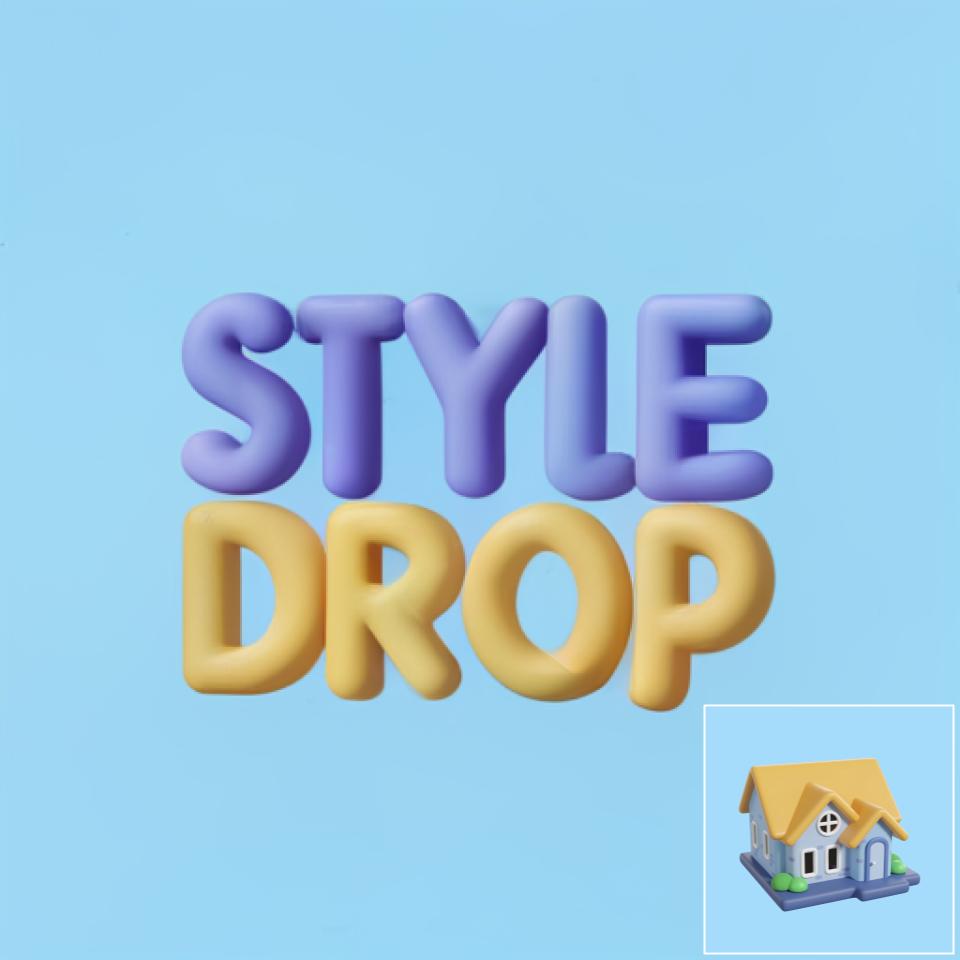Copernic
Creates 2+1D VR environments.
image generator 3D panoramaTool Information
| Primary Task | Images |
|---|---|
| Category | media-and-content-creation |
| Sub Categories | art-generation 3d-design-and-modeling |
| Country | United Kingdom |
CopernicAI is a generative artificial intelligence tool that specializes in creating environments. This includes generating high-quality text, imagery, and even 3D environments. CopernicAI's approach involves first creating 2+1D environments by combining 2D imagery with 1D depth information. The tool leverages recent deep learning research and can generate 2+1D environments today. CopernicAI's ultimate goal is to create fully AI-generated 3D environments. Users can try CopernicAI's pre-alpha release, which can turn 360-degree images into 2+1D environments using the copernic360 software. The AI-generated 360-degree images can be used freely for commercial and non-commercial purposes, following the Creative ML OpenRAIL-M license. Additionally, users can create 2+1D environments from 360-degree images and videos with copernic360. The created environments can be explored in virtual reality using the Sidequest headset for the Quest (contact for other headsets).CopernicAI's roadmap includes publishing efficient, partially scalable, and scalable panoramic AI techniques that achieve state-of-the-art performance in low-resolution tasks, classical AI tasks with low-resolution outputs, and dense-prediction tasks like semantic segmentation and depth estimation. CopernicAI is currently working on generative panoramic AI, with early pre-alpha available now, and full 3D environments coming soon. Users can sign up for email updates and an invitation to the upcoming closed alpha release of CopernicAI. The tool is from the team at Kagenova.
Generative AI has undergone remarkable progress in recent years, with the quality of AI-generated text and imagery today continuing to amaze. Other data modalities are following. The most ambitious, perhaps, is to fully generate 3D environments.
The first step to generative environments is what we call a 2+1D approach, where generated 2D imagery is augmented with 1D depth information. Leveraging our recent research, published in the premiere deep learning conferences, we can realize generative 2+1D environments today, as we work towards full AI generated 3D environments.
| Pros |
|---|
|
| Cons |
|---|
|
Frequently Asked Questions
1. What is the purpose of CopernicAI?
CopernicAI's purpose is to specialize in creating generative artificial intelligence environments, such as text, imagery, and 3D environments. The primary approach involves generating 2+1D environments and the ultimate goal is to create fully AI-generated 3D environments.
2. How does CopernicAI generate 2+1D environments?
CopernicAI generates 2+1D environments by combining 2D imagery with 1D depth information. This approach is based on recent deep learning research that enables the creation of these environments.
3. What is copernic360?
Copernic360 is a product offered by Kagenova, the team behind CopernicAI. It allows users to create 2+1D environments from 360-degree images and videos. These environments can then be explored in virtual reality.
4. Can the 2+1D environments created by CopernicAI be used in virtual reality?
Yes, the 2+1D environments created by CopernicAI can be used in virtual reality. They can be explored using a Quest headset, though users should contact the team for compatibility with other headsets.
5. How does CopernicAI use deep learning?
CopernicAI uses deep learning in its methodology to generate 2+1D environments. It leverages recent deep learning research in the creation of these environments, forming a crucial component of its generative process.
6. What is the roadmap for CopernicAI's development?
CopernicAI's development roadmap includes several stages. It has already published efficient and partially scalable panoramic AI techniques. The next goals include developing scalable panoramic AI techniques and generative panoramic AI. The final goal mentioned is the creation of generative 2+1D environments, with full 3D-environments to follow.
7. Is there a pre-alpha release for CopernicAI that is available for testing?
Yes, there is a pre-alpha release of CopernicAI available for testing. Users can use this to turn 360-degree images into 2+1D environments.
8. How can I turn a 360-degree image into a 2+1D environment?
A 360-degree image can be turned into a 2+1D environment using CopernicAI's pre-alpha release, which utilizes the copernic360 software to perform this transformation.
9. What is the policy on commercial uses of the AI-generated 360-degree images?
The policy for commercial use of AI-generated 360-degree images states that they can be used freely for both commercial and non-commercial purposes, provided the usage follows the Creative ML OpenRAIL-M license.
10. Does CopernicAI offer a tool to create 2+1D environments from videos?
Yes, users can create 2+1D environments from not only 360-degree images but also videos using copernic360, a tool offered by CopernicAI.
11. What is the future expected capability of CopernicAI in generating 3D environments?
The future capability of CopernicAI in generating 3D environments is expected to be fully AI-generated. Although currently focusing on 2+1D environments, CopernicAI's roadmap indicates a plan to progress towards creating fully three-dimensional environments.
12. What headsets are compatible with the VR environments generated by CopernicAI?
The Quest headset is listed as compatible with the VR environments generated by CopernicAI. For other headsets, it is recommended to make contact for compatibility information.
13. Is there an email subscription for updates and releases of CopernicAI?
Yes, email subscription for updates and releases of CopernicAI is offered. You can drop your email to receive updates, announcement, and an invitation to the upcoming closed alpha release.
14. What is Generative Panoramic AI?
Generative Panoramic AI is an under-development feature of CopernicAI, aiming to generate AI panoramic images and videos using the building blocks of scalable panoramic AI.
15. What is the significance of the Mollweide or Equirectangular download options offered by CopernicAI?
CopernicAI offers Mollweide and Equirectangular download options for its AI-generated 360-degree images. These options likely correspond to different types of projection methods for representing spherical images. The choice between them would depend on the specific use case or preference of the user.
16. What are the accomplishments listed on CopernicAI's roadmap?
On CopernicAI's roadmap, accomplishments include developing efficient panoramic AI techniques and partially scalable panoramic AI techniques. They are currently working on scalable panoramic AI and generative panoramic AI techniques.
17. How can I participate in the closed alpha release for CopernicAI?
To participate in the closed alpha release for CopernicAI, users can enter their email to receive updates and an invitation for the release.
18. Who is the team behind CopernicAI?
CopernicAI is from the team at Kagenova, a company that specializes in developing advanced technology such as CopernicAI.
19. What is the Creative ML OpenRAIL-M license mentioned on the CopernicAI page?
The Creative ML OpenRAIL-M license mentioned on the CopernicAI page is a license model for use of the AI-generated 360-degree images. It allows users to use these images freely for commercial and non-commercial purposes.
20. Can I use the AI-generated environments in commercial products?
Yes, according to the Creative ML OpenRAIL-M license, the AI-generated environments can be used freely in commercial products.
Comments
Similar Tools
Related News

Adam Mosseri, the influential head of Instagram, recently addressed a persistent and unnerving rumor that has plagued the platf...
@devadigax | Oct 01, 2025

OpenAI, the pioneering force behind ChatGPT and DALL-E, finds itself in an unexpected and ironic predicament with the nascent l...
@devadigax | Oct 01, 2025

Microsoft is making a bold strategic move in the rapidly evolving landscape of artificial intelligence, effectively repositioni...
@devadigax | Oct 01, 2025

The Wikimedia Foundation, the non-profit organization behind Wikipedia and its sister projects, is embarking on an ambitious in...
@devadigax | Sep 30, 2025

Google is once again pushing the boundaries of how we interact with digital information, announcing a significant update to its...
@devadigax | Sep 30, 2025

Microsoft has begun rolling out a significant update to its Photos app on Windows 11 that leverages artificial intelligence (AI...
@devadigax | Sep 26, 2025
 AI Tool Buzz
AI Tool Buzz
 A1.art
A1.art GEN2D
GEN2D Styledrop
Styledrop